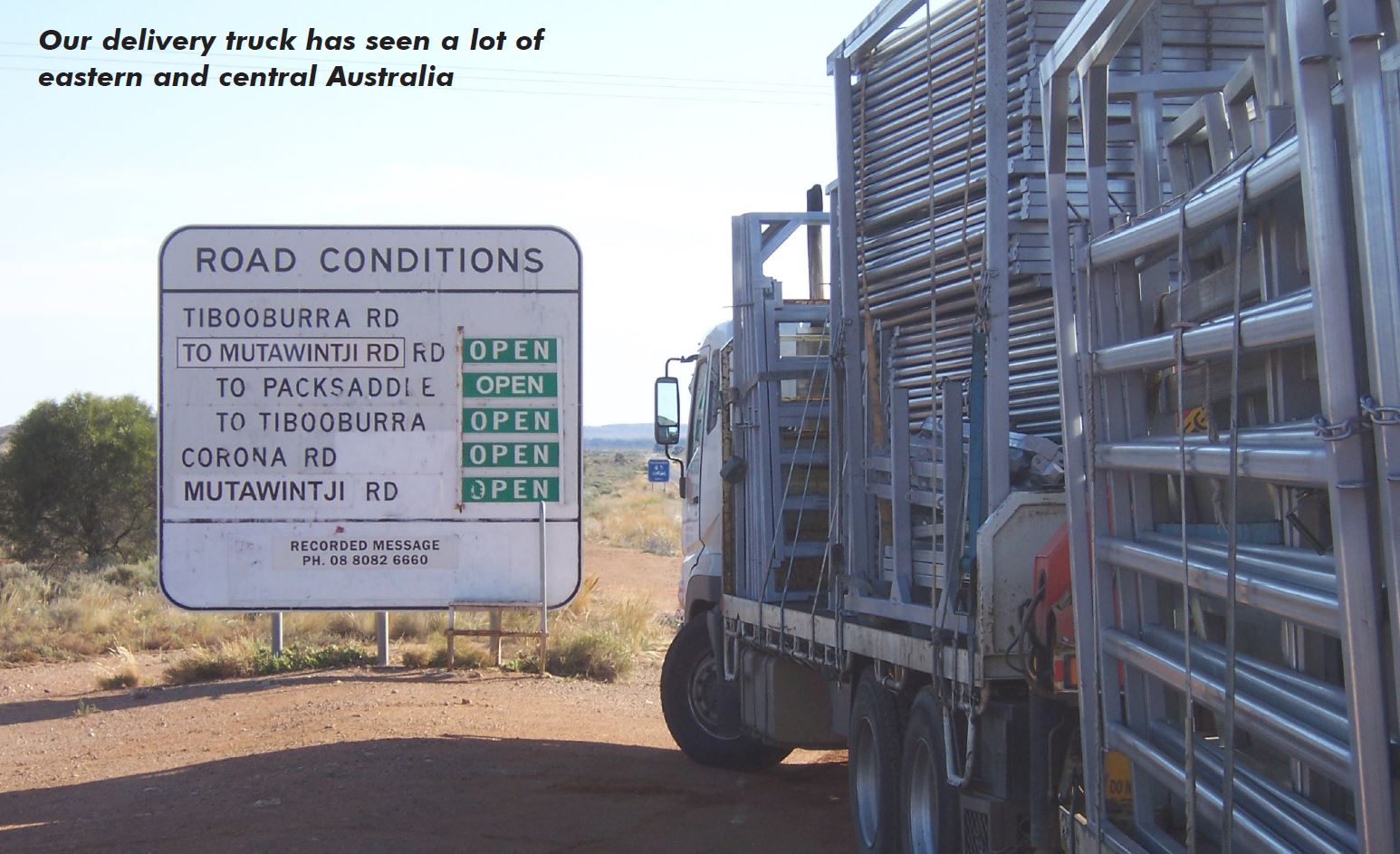Important considerations when purchasing stock yards
We encourage you to consider the following when evaluating yards from different suppliers.
- Is quoted capacity based on some mythological total holding capacity or a realistic working capacity?
Many quoted figures are unrealistic. Overcrowding is the biggest cause of accidents.
- Are all necessary ground pins, caps etc supplied or are they an extra?
These add-ons are often expensive or not available. Tent pegs will not suffice.
- Yards will move if they are not pegged down
Despite what you may be told.
- Does the race look longer than it actually is, as a result of the very short panels used in the race?
Some suppliers use between a 1.4M panel and a 1.8M panel. 4 of others same length as 3 of ours.
- Are there man ways or gates to provide adequate access around the yard?
Hidden extra costs. Plus retro fitting a man way will require a force yard to be redesigned.
- Do man ways only swing in? People may be hurt and an animal may be trapped by the head.
You may be rammed into the man way. Also a beast’s only reaction is to suck back.
- Are man ways too narrow? (A narrow man way will catch a beast in between the ribs and the hips.)
It is a major problem if this happens.
- Will the gates get broken off their hinges if the gates are hinged inside the yards? Do gates cross over?
Gates need to fold back 180 degrees and lay flush against a panel.
- If there are slam catches, are there backing plates to stop an animal from rolling the catch?
Gates can be easily opened by a nose, tail bone or horns.
- Are there tear or bruise points though gates with drop pins or slam catches that protrude?
Remember you are nearly always on the opposite side to the latch side which is hit by animals.
- Do all pound gates face the same way? Pound drafting with opposite swinging gates is cumbersome.
This is a sure sign the designers have never used a pound.
- Can you swing the draft gates at the front of the crush past an animal’s head while it is still in the head
bail? Are gate frame posts or joining posts at the front of the head bail a knuckle buster.
Have to back animal into crush prior to drafting. No give when hand between head and steel.
- If you miss catching an animal will it keep going up and over the load ramp?
Can be a fair bugger.
- Are entry gates and gates in the yards wide enough for cattle flow?
50 – 100 head though a 2 metre wide opening is slow and results in bruising.
- Can an animal get it’s head between the sliding gate rails?
A real problem if you cannot open the slide with other animals jamming it.
- Are all races, ramps and crushes clearances over 700 mm wide?
Cattle are getting lower, wider and heavier.
- If a timber floor in the ramp, can boards be added to easily, or, is it a cut and re weld exercise? Timber
floors will shrink and additional boards will need to go in the floor over time.
Easy to break a leg.
- Will trucks shunt the ramp back and crumple the yards?
Will happen if the ramp is not anchored into the ground.
- Is the steel Australian Made Grade 350-450 High Tensile, or cheap imported steel or panels made from Grade 250 Low Tensile steel? Is the wall thickness and galvanizing exaggerated?
Imported panels may look like Australian cattle rail but they are often only Grade 250 and 1.8mm thick.
- Is the length of the ramp exaggerated by a diagonal claim instead of a horizontal measurement?
- Are prices quoted GST inclusive (as per the law)?
Working Yards Tour


